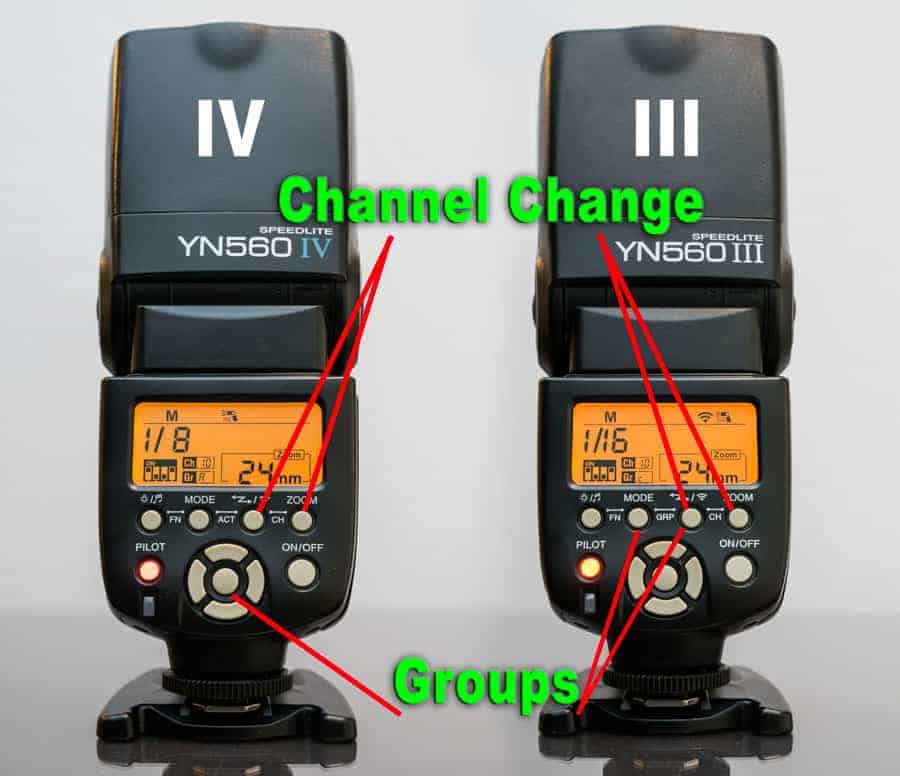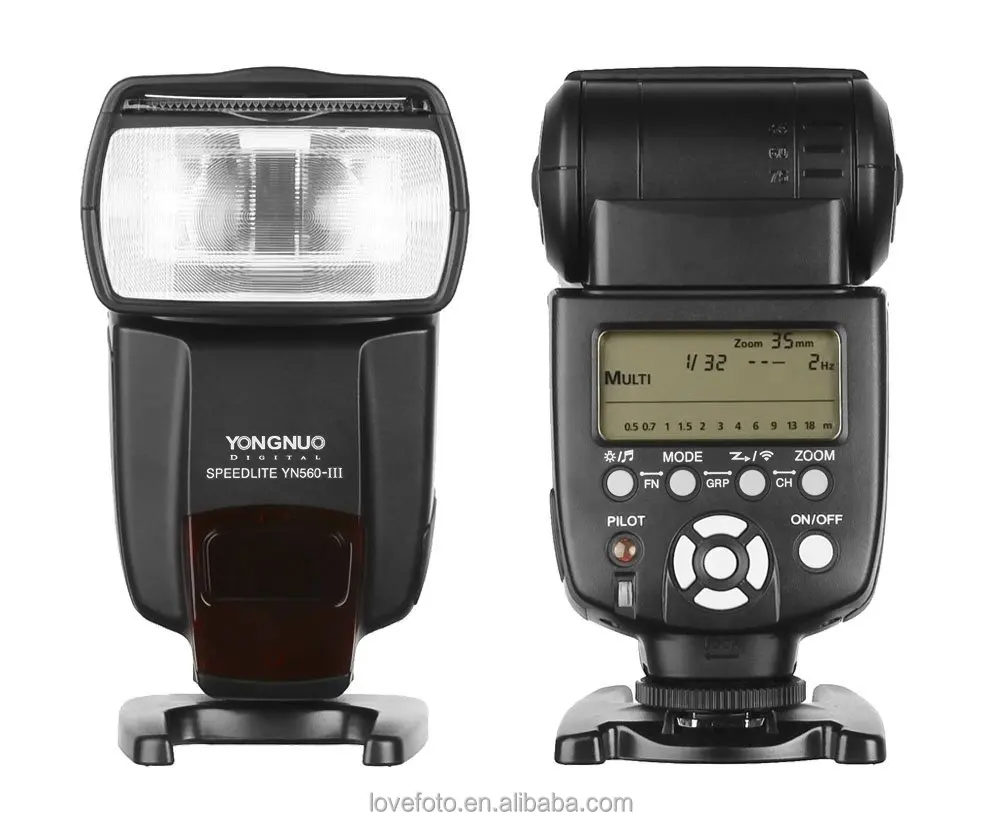
Its style exactly the same, made with the same plastics, and I wouldn’t be surprised if it had many of the same internals (minus those needed to control the flashhead). The appearance of the YN560-TX is like looking at a YN560 speedlight that got the flashhead chopped off. I picked up a set myself a short while ago and I just wanted to share my thoughts on the set up paired with my X-Pro 2.

For less than $200 (here in the US anyway) you can get your hands on a YN560-TX and two or three of these wireless YN-560 speedlights, that is a pretty killer off-camera flash kit. But I recently discovered, and others have been having success with it too, Yongnuo’s YN560 series speedlights (the latest III and IV versions) paired with their YN560-TX control unit make for a really solid alternative while we wait for Fujifilm to come to market with brand name options.Īs I mentioned above, dealing with off camera manual speedlights can be a pain, so why am I talking about a Yongnuo setup? Because the YN560 III and YN560 IV are equipped with wireless transmitters that when paired with the YN560-TX, allow you to control the power and zoom of the speedlights wirelessly from your camera.

There are a few speedlights available, but nothing that really competes on the level of what Nikon or Canon are putting out, or even what is available for Sony.įor the longest time the popular choice was just to use old manual speedlights with some modern triggers, and sure, while that works, it’s hardly ideal and can be fairly annoying if you need to change the power of your lights more than a couple times.

The one issue with Fuji’s system remaining is a lack lighting support and capability. Even if you are not a fan (though if that was the case what are you doing on this site?) you should be able to admit that for the target customer, this system is great.

Fuji has really knocked it out of the park with their X-Series camera bodies and XF lenses, no one can dispute that.


 0 kommentar(er)
0 kommentar(er)
